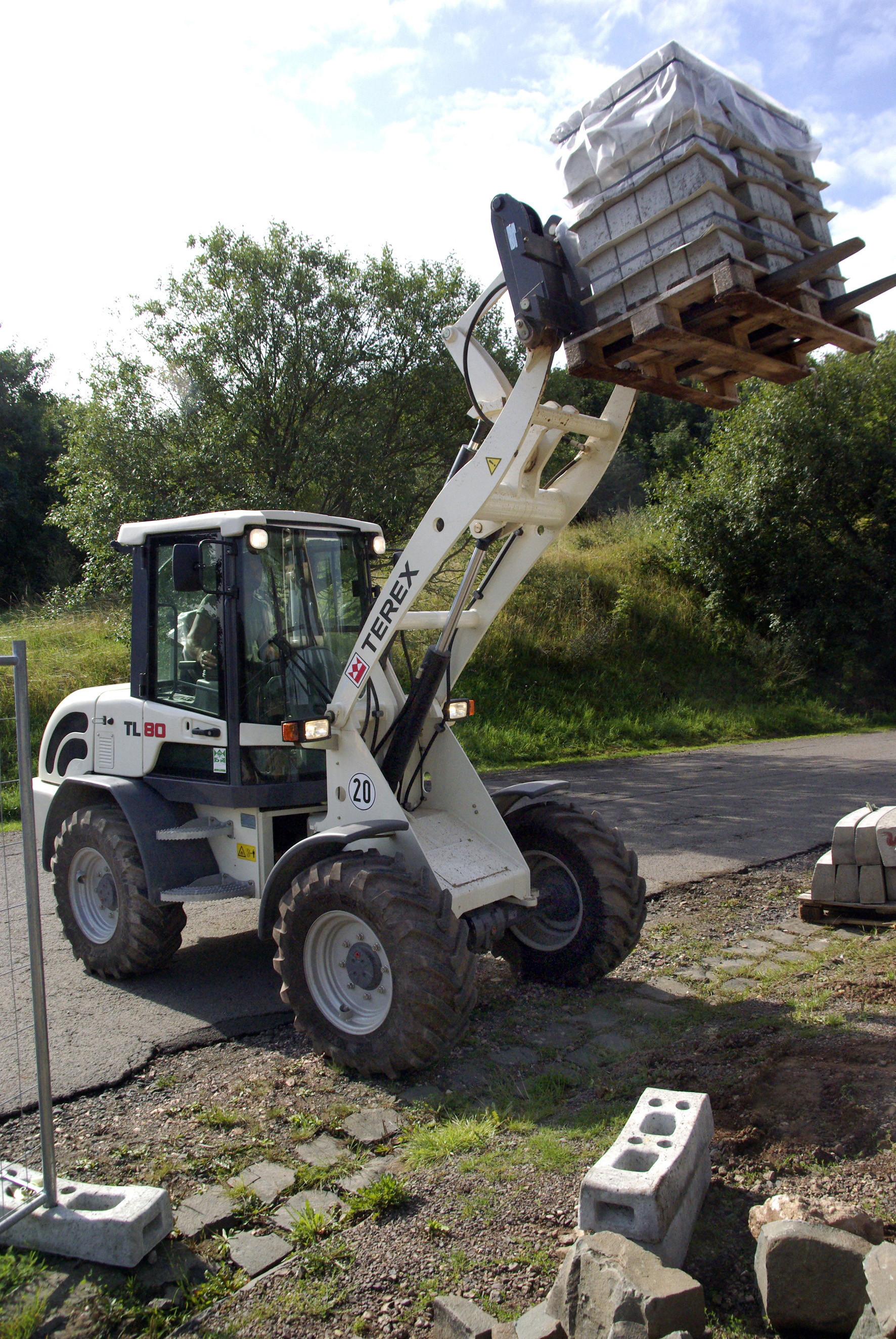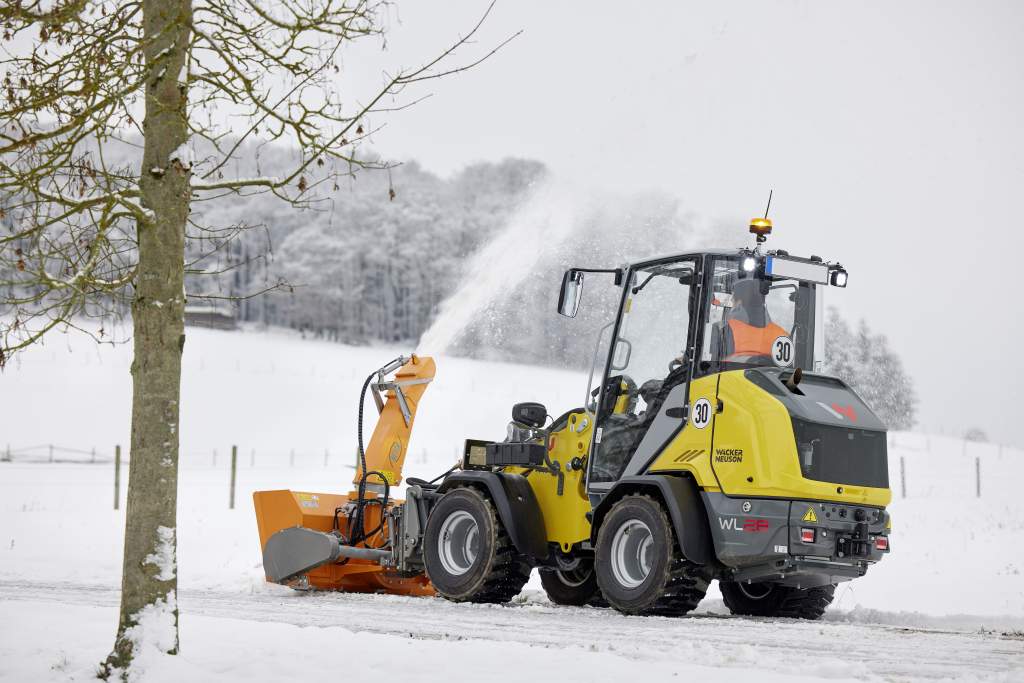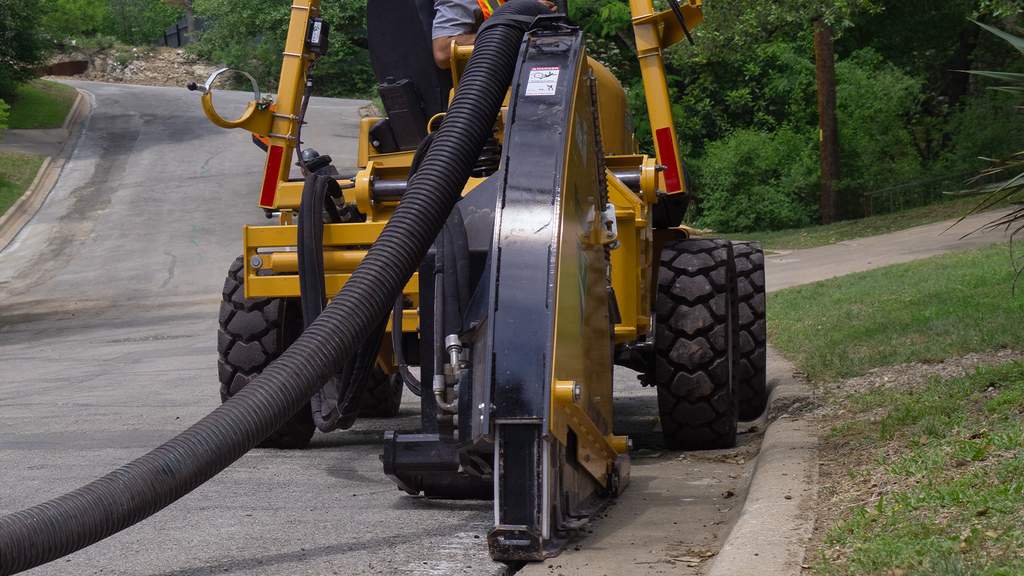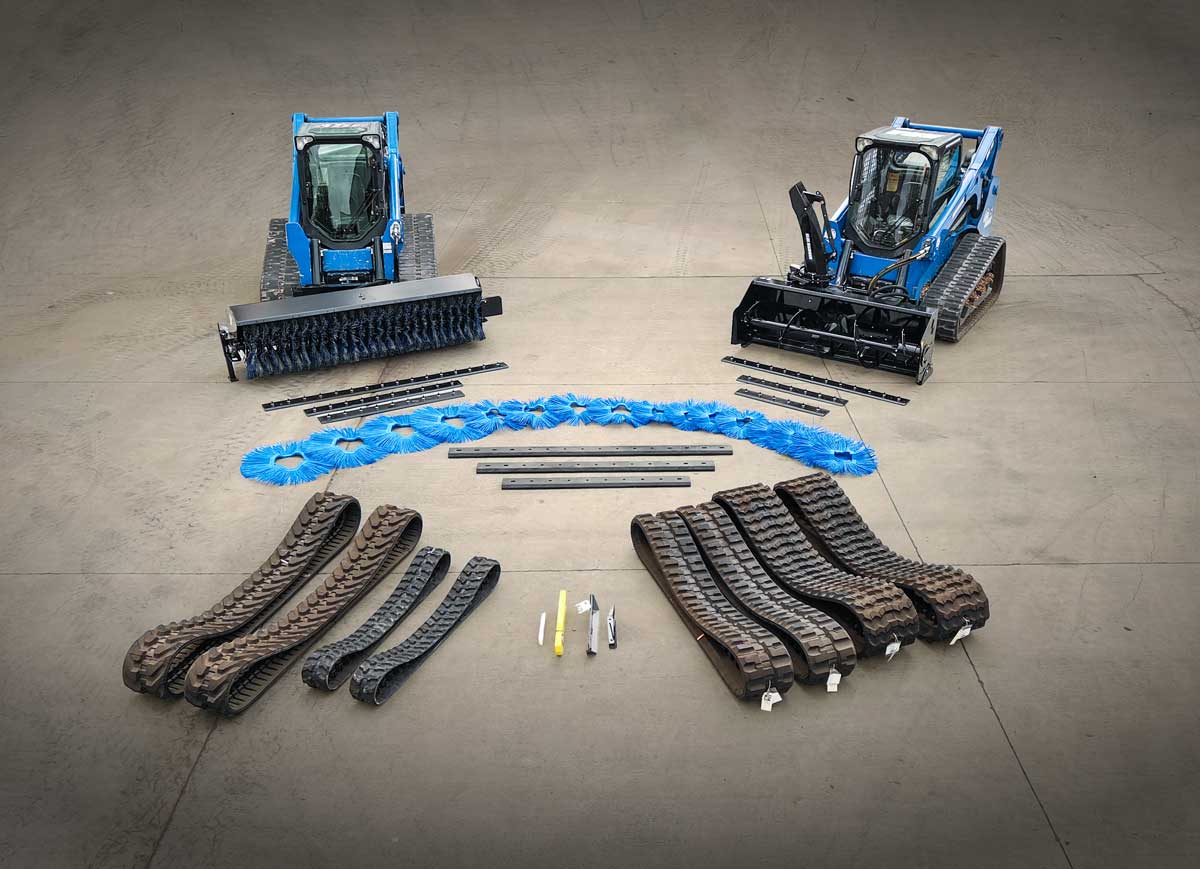The Most Popular Attachments for Small Wheel Loaders
When it comes to compact tool carriers in North America, skid steer loaders and compact track loaders have the lion’s share of the market. However, compact wheel loaders can run circles around these loaders in some applications. For example, the use of compact wheel loaders is growing among landscapers, utility contractors and general contractors because of these machines’ higher fuel efficiency, lower maintenance costs, better visibility from the operator seat and smoother ride. With features like an oscillating rear axle that maintains four-wheel contact even on rough terrain, a transverse mounted engine, which acts as a counterweight when transporting higher payloads, and a hydrostatic drive system that provides excellent operator control, it’s easy to see why contractors are giving wheel loaders attention.
Today’s compact wheel loaders are designed for a wide range of applications. While load-and-carry applications continue to be the most popular uses of wheel loaders, attachments are expanding the list of applications into areas where they have not traditionally been used.
According to Gregg Warfel, division sales manager for compacts for Terex Construction Americas, the use of attachments increases the overall return on investment for compact wheel loader owners. “Attachments cost very little compared to the revenue stream they can produce as a result of performing more tasks on the jobsite, which will keep wheel loaders working more hours in a day, on a wider range of jobs, 365 days a year,” he adds.
Popular Wheel Loader Attachments
While there are many specialized attachments available in the market, buckets remain the most widely used attachment with compact wheel loaders. Buckets allow operators to dig, lift, load, doze, scrape, spread and level materials on the jobsite. It’s pretty difficult to find an attachment with more versatility.
There are many different types of buckets that will deliver a superior performance depending on the application and material. “Specialty buckets enhance a wheel loader’s capacities,” explains Warfel. “A self-leveling option on the wheel loader will reduce spillage and retain its load at full height, and a multi-purpose bucket is ideal for spreading leveling material. Wheel loaders can also be fitted with an earth bucket for better digging, a light-materials bucket for lifting larger volumes of light material, a side-dump bucket for filling trenches and a quarry bucket for working in rocky material. There are plenty of bucket options to choose from.”
Next on the list of popular wheel loader attachments are fork attachments, which are widely used for carrying pallets and other stacked material such as cables, pipes and tiling. While all tool carriers can use fork attachments, the wheel loader’s higher reach, longer wheelbase, travel speeds of up to 20 mph and wide view of the surrounding area makes this attachment one of the many applications where wheel loaders can outperform smaller loaders.
“Sometimes contractors will overlook this simple task, but the fact is loading and moving material can be time-consuming and costly,” says Warfel. “On many jobsites, truck drivers will have to maneuver their truck into tight areas or in soft ground conditions to limit the distance heavy material needs to be moved. This can create difficulty for the driver and, in soft ground conditions, can leave a crew scrambling to fix ruts or help to get a truck unstuck. This common way of doing things is related to slow travel speeds of smaller loaders, like skid steers. Wheel loaders can travel almost twice as fast, and their longer wheelbase will cause less jostling of the material, which means trucks can be parked where it’s convenient, and the wheel loader can do the work.
“Contractors utilizing wheel loaders will usually have a grapple attachment in their fleet of attachments,” adds Warfel. “Whether they are doing landscaping work, construction or utility work, large misshaped objects like rocks, tree branches or storm debris need to be moved, and a grapple attachment is a perfect tool for the job.”

Next on the list of popular wheel loader attachments are fork attachments, which are widely used for carrying pallets and other stacked material such as cables, pipes and tiling.
Also, ground-engaging attachments like sweepers, surface planers, soil cultivators (Harley rakes), snow blowers and snow blades are good combinations with compact wheel loaders. “The elevated operator station provides a better vantage point,” says Warfel. “This is helpful when operating in an area with a lot of low-level obstacles, and the operator needs to see what’s in front of the attachment. A hydrostatic drive system is also a valuable asset in this type of work. The foot-feet accelerator and braking system are usually preferred by operators in these applications. And, the hydrostatic drive will also reduce tire slippage, which results in faster cycle times and less wear and tear on the tires.”
Warfel notes that only attachments approved for use on compact wheel loaders should be paired with these machines.
Achieving Optimum Performance
The ability to run attachments is the key to delivering the best return on investment, and the same universal coupler system found on skid steer loaders and compact track loaders can be found on today’s wheel loaders. They can run almost all of the same attachments as other compact tool carriers.
However, before assuming every attachment in the fleet will work, Warfel advises contractors to make sure the hydraulic flow needs of an attachment is matched correctly with the specifications of the tool carrier. “Many attachments require continuous-flow to perform properly, and not all tool carriers are up to the task,” he adds. “For those attachments, contractors need to make sure they have a machine that is designed to deliver higher auxiliary hydraulic flow or dedicated hydraulic circuits.”
The overall performance of an attachment and wheel loader combination has many variables that need to be looked at in addition to the coupler system and hydraulic flow. The reason there are so many tool carrier categories is because not every machine does as well in every environment or application. For example, the longer wheelbase on compact wheel loaders delivers a smoother ride, something that’s not just a benefit for operator comfort but also an important quality for many applications. Warfel says, “Because the controls are easy to learn, and the suspension system is forgiving, compact wheel loaders excel at utilizing ground-engaging attachments where the operator is expected to deliver finish-grade quality.”
Respect for the Compact Wheel Loader
Paired with the right attachment, compact wheel loaders will deliver a better return on investment than other compact tool carriers because of their faster cycle times, higher load capacities, increased lift heights, lower maintenance cost and better fuel efficiency. When it’s all added up, it’s easy to see why compact wheel loaders are popular tool carriers.
Todd Versteeg is a technical writer with Signature Style PR + Marketing.





Comments are closed here.